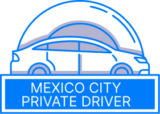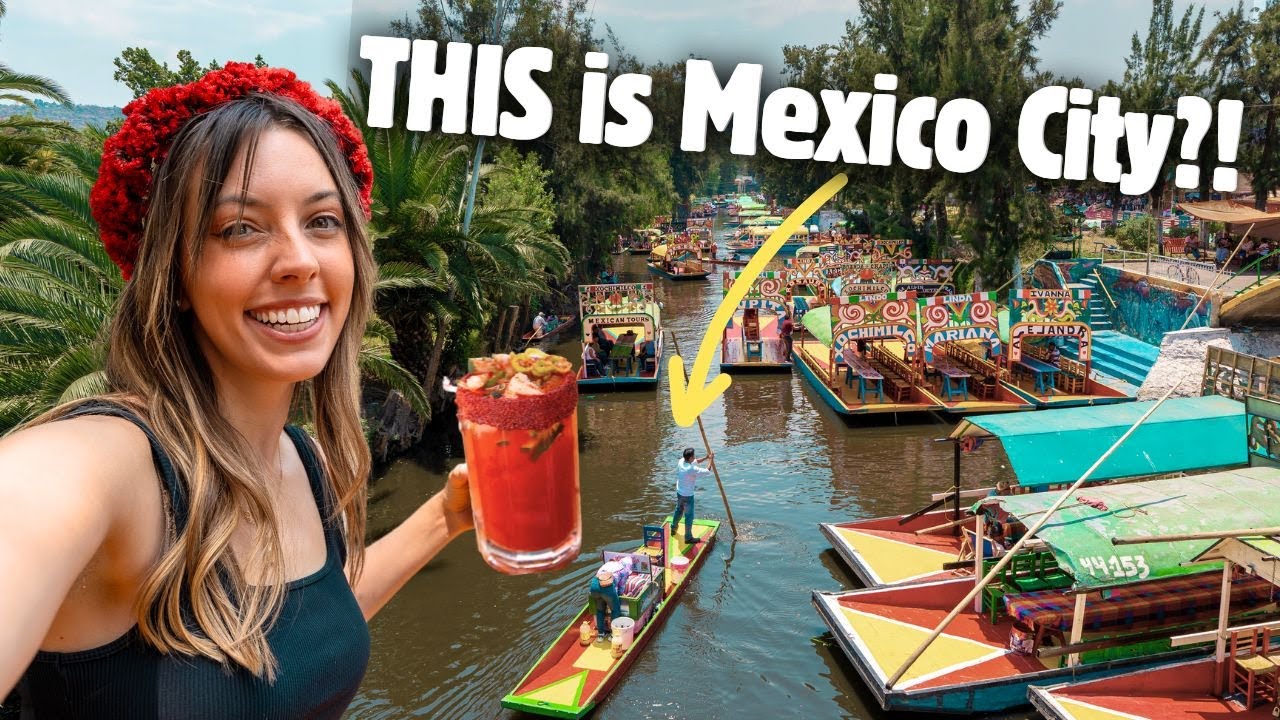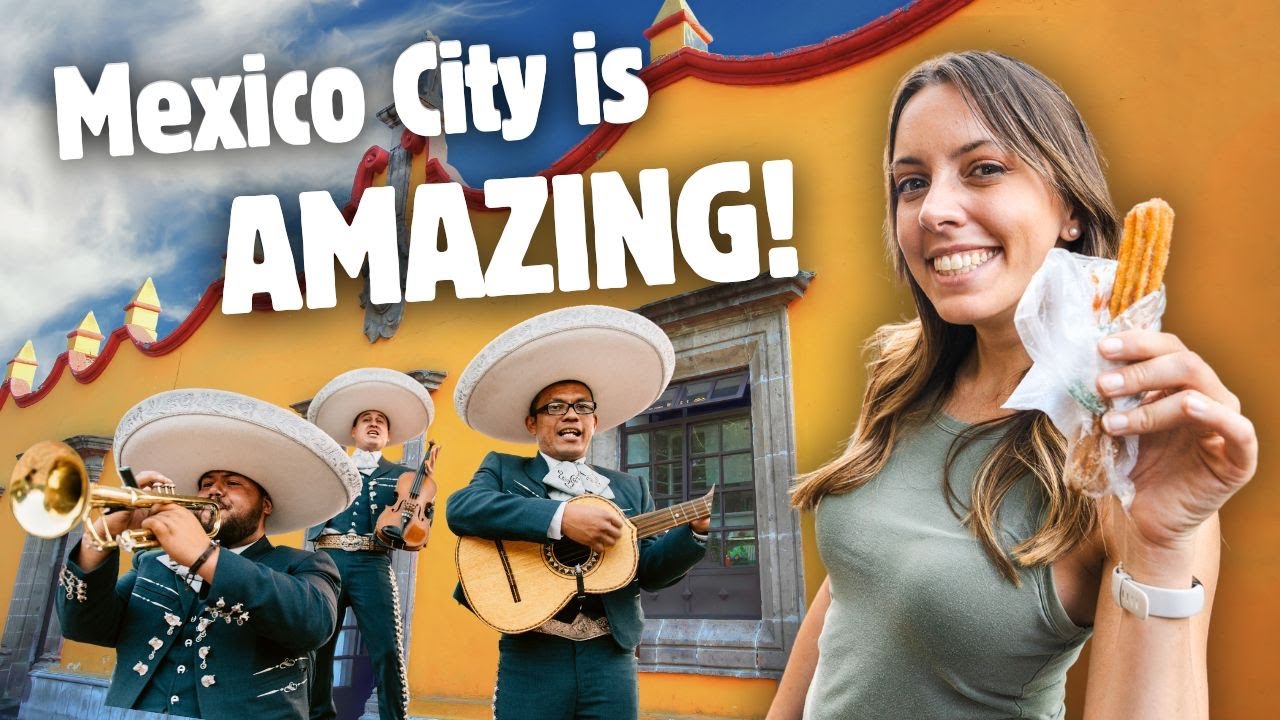TL;DR The Zócalo is Mexico City’s living center — a vast 16th-century plaza that still pulses with ceremony, protest, music and ritual. Visit early (flag ceremony), pair the plaza with Templo Mayor and the National Palace (Diego Rivera murals; bring ID), use the Zócalo/Tenochtitlan metro, and plan around big events or demonstrations. Below I share what to see, a one-table time-of-day comparison, concrete steps for a smooth visit in 2025, and my best insider safety, dining and photo tips based on official sources and long experience on the ground.
Zócalo Mexico City: Uncover the Heart of the Capital with Insider Tips for 2025
I’ve been writing about and guiding visitors through Mexico City for years, and the Zócalo is the single place where pre‑Hispanic, colonial and modern Mexico meet in plain sight. The plaza sits on the ceremonial center of Tenochtitlan and was preserved as the political and religious heart of the city after the conquest — that continuity is visible in the buildings that surround it and the events that fill it year‑round (official CDMX descriptions; historical records).
Why the Zócalo matters — not just another square
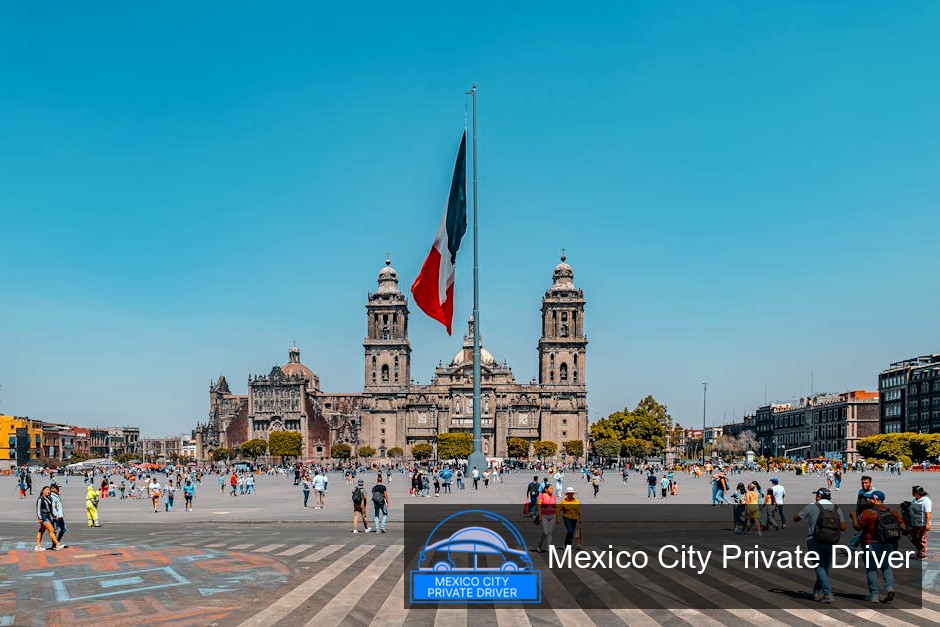
The Zócalo (formally Plaza de la Constitución) is one of the world’s largest city squares and the symbolic center of the nation. On its east side sits the Palacio Nacional (the federal government palace); to the north is the Catedral Metropolitana; the Templo Mayor ruins lie a block to the northeast — the exact spot the Aztecs treated as the center of the universe (CDMX site; HistoricalMX; Lonely Planet).
Over the centuries the square has kept evolving: it’s a stage for official ceremonies (flag‑raising, national holidays), grassroots rallies and cultural programming (concerts, folkloric dancers, carnivals). That mix makes the Zócalo uniquely alive — and sometimes crowded and noisy — depending on when you go (CDMX site; Tripadvisor).
Top experiences I recommend (and why)
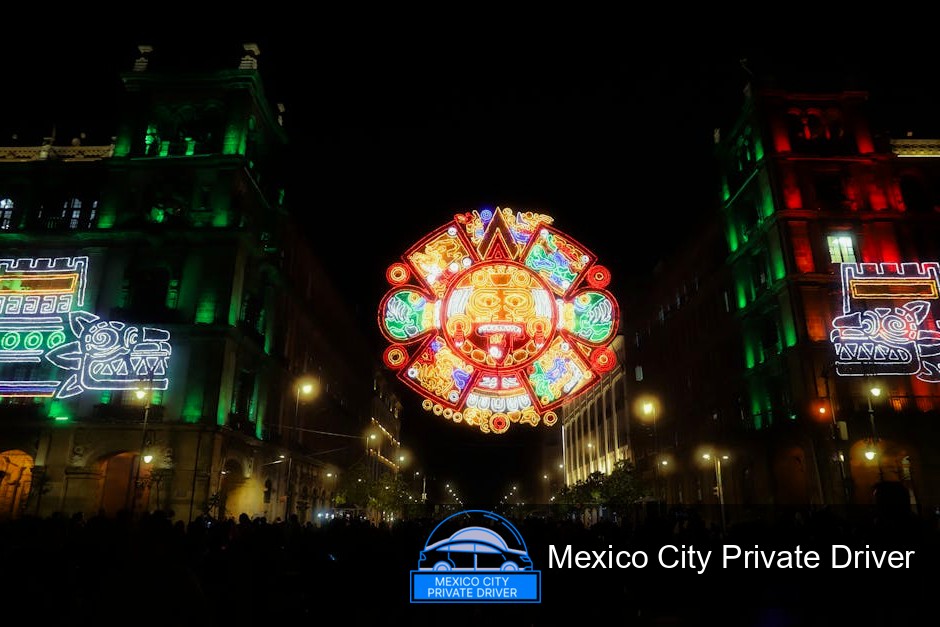
- Flag ceremony at dawn: I make this my first stop on many visits. If you arrive at daybreak you can see the official flag rite at the National Palace — a quietly powerful civic moment (local guides and visitor tips advise early arrival).
- Palacio Nacional & Diego Rivera murals: The murals are a condensed visual history of Mexico; entry is free but many visitors must show official ID (bring passport/ID to be safe) — check current hours before you go (visitor guidance lists ID requirements and schedules).
- Templo Mayor museum: Walk to the adjacent ruins to understand the Aztec city beneath modern CDMX. I like to do the archaeological site before heavier crowds arrive.
- Catedral Metropolitana: Don’t miss the cathedral’s altars, colonial art and the rooftop views if access is available that day.
- Danzantes Aztecas and street performances: Indigenous dance groups and drummers often perform in the plaza — a living tradition you can witness daily when schedules align (cultural guides report regular performances).
- Rooftop terraces on the west side: For skyline photos and a quieter break, the Portal de Mercaderes side has restaurants and terraces overlooking the square (city tourism info).
- Events and festivals: The Zócalo hosts fairs, concerts, parades and civic rallies year‑round. If a big event is on the calendar, rework your timing or arrive extra early to secure a good viewing spot (CDMX event listings; travel reviews).
Insider tips for 2025
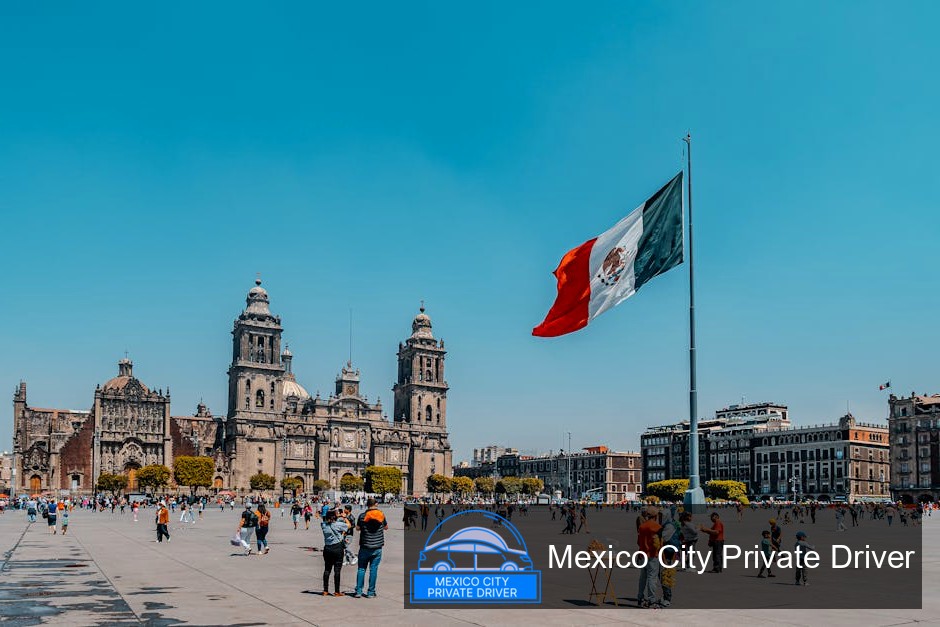
- Best windows: Early morning (sunrise to 9am) or late afternoon (after 4pm) get the best light and smaller crowds; late evening brings concerts and lights but also heavier security and closures (Tripadvisor and Lonely Planet advise morning/late afternoon visits).
- ID for official buildings: The National Palace and some government buildings often require an official ID to enter — take your passport or national ID with you (visitor guidance recommends this).
- Expect security checks: Bags are often screened and police presence increases during events. Factor 10–30 minutes for entry during busy periods.
- Use the Zócalo/Tenochtitlan metro: The closest station is Zócalo/Tenochtitlan — fast and economical. I prefer to arrive by public transit and walk the surrounding streets rather than drive.
- Watch demonstrations: The plaza is a traditional site for protests. They’re part of civic life, but can close streets and metro exits — check local news or the CDMX official page the morning of your visit if you’re concerned.
- Cash & ATMs: There are cafés, vendors and small museums that still prefer cash. Carry small bills for street snacks and tips.
- Pickpocketing: Keep valuables secured and be especially vigilant in crowded events; I use a money belt or a zipped cross‑body bag.
- Comfort: The square is huge and mostly paved; wear comfortable shoes and bring water, sunscreen and a hat in summer, and an umbrella during rainy months.
| Time of Day | Pros | Cons | Typical Crowd Level |
|---|---|---|---|
| Early morning (6–9am) | Flag ceremony, soft light, quieter, best for photos | Some shops closed; chilly in winter | Low to moderate |
| Late morning (10am–12pm) | Most museums open, walking tours start | Beginning of tourist crowds | Moderate |
| Afternoon (1–4pm) | Good for museum visits and lunch terraces | Busy, hotter in summer | High |
| Evening (after 6pm) | Concerts/illuminations; lively atmosphere | Possible street closures and heavier police presence | High to very high |
Practical Guide
Below are the concrete steps I give to friends and clients so they get the most out of a single visit to the Zócalo in 2025.
-
Check the official calendar (24–48 hours ahead).
Look at the Ciudad de México events calendar or local news for concerts, civic ceremonies or planned demonstrations. Large events will change access, schedules and transit options (CDMX event notes).
-
Plan your entry point.
Take the metro to Zócalo/Tenochtitlan station or walk from Catedral Metropolitana or nearby hotels. If you drive, expect limited parking and street closures.
-
Bring ID and minimal bags.
To enter government buildings (especially the National Palace) you’ll likely need an official ID; carry photocopies or your passport. Large backpacks may be searched or refused.
-
Follow a smart route: Templo Mayor → Cathedral → National Palace → rooftop lunch → walking tour.
I like to start at the archaeological site while I’m fresh, then move to the cathedral and palace. Book time for the museum pieces and murals; these are the places that require a little patience but reward it with deep historical context.
-
Reserve when necessary.
Some attractions (museum time slots, guided palace tours) can require reservations during peak season — check the official pages. If you want a rooftop lunch with a view, reserve ahead for weekend dining.
-
Time your photos.
For dramatic wide shots of the plaza and cathedral, early morning or late afternoon light is best. For people‑filled shots that capture energy, late afternoon events are ideal.
-
Have emergency and meeting points.
Groups can easily get spread during crowds. Pick a café or the National Palace steps as a meeting point and exchange phone numbers.
-
Eat strategically.
Street tacos and mercados nearby are excellent and often less expensive than terraces; for a memorable view, book a rooftop terrace on the Portal de Mercaderes side.
-
Respect local customs.
If you encounter ceremonial dancers or indigenous performers, ask politely before photographing and offer tips if you can — these performances are often a source of income and pride (cultural guides note daily ritual performances).
-
Exit plan.
If you’re leaving after an event, give yourself extra time to walk to the metro or taxi ranks; the plaza and surrounding avenues can get congested for up to an hour after large gatherings.
My recommended half‑day itinerary (compact)
- 06:30 — Arrive for flag ceremony and sunrise photos
- 08:00 — Walk to Templo Mayor (museum) and explore the ruins
- 09:30 — Visit Catedral Metropolitana (interior, altars)
- 11:00 — Palacio Nacional (Diego Rivera murals; bring ID)
- 12:30 — Lunch at a rooftop terrace on Portal de Mercaderes
- 14:00 — Optional guided walking tour of Centro Histórico or a museum visit (Bellas Artes is a short walk)
Safety, accessibility and practicalities
Overall the Zócalo is safe during daylight hours, but like any major city center it attracts pickpockets amid crowds. Avoid showing large sums of cash or flashy jewelry, and split valuables between a hidden pouch and a zippered bag. Official police presence is constant, and screenings at government entries are normal.
Accessibility is improving: the plaza is mostly paved and wheelchair accessible, but some older buildings have limited access — check specific museum accessibility notes before you go.
FAQs
Is the Zócalo free to visit?
Yes — the plaza itself is public and free. Entry to some buildings (like the National Palace) is free but may require ID; museums around the square may charge for special exhibits (city tourism info and visitor guides).
When is the best time of year to visit?
Spring and autumn offer the best weather and lighting for photos. Summer is busy and can be hot; December brings special holiday events and large crowds. Always check the event calendar for big civic dates that affect access.
Do I need to book anything in advance?
Reserve for popular guided tours, rooftop restaurants and certain museum time slots during high season. For general plaza access you don’t need tickets, but bring ID for government buildings (visitor guidance recommends ID for Palacio Nacional).
How do I get there by public transport?
Take the Metro to Zócalo/Tenochtitlan station. Many bus routes and pedestrian connections lead to the Centro Histórico. Taxis and ride‑hailing are options but can be slower during major events.
Are there toilets and facilities nearby?
Yes — public toilets and facilities exist in nearby museums, cafes and pedestrian streets. I recommend using facilities in a museum or restaurant before entering the plaza if you can.
Is it safe to visit during protests?
Protests are a normal part of life at the Zócalo. They’re frequently peaceful but may involve large crowds and road closures. If you’re unsure about a planned demonstration, consult the CDMX official page or local news the morning of your visit; avoid the area if large protests are advertised.
Can I photograph the murals and performances?
Photography is generally allowed in public spaces. For indoor murals or museum exhibits, follow posted rules. For performers and dancers, always ask before snapping close‑up photos and consider offering a small tip — it’s respectful and appreciated.
Final notes — how I use the Zócalo when I plan a day in CDMX
When I design an itinerary for friends or readers, I treat the Zócalo as the spine of the Centro Histórico. Start with the layers of history (Templo Mayor, Cathedral, National Palace), then use the plaza as a launchpad for museums, markets and neighborhoods. In 2025, the same fundamentals hold: arrive early, check official schedules, bring ID for government buildings, and allow extra time around major events.
If you want, tell me the dates you plan to visit and I’ll check likely events and the best time slots so you don’t get caught by a parade or closure — I can also suggest a rooftop restaurant reservation based on your budget and dietary preferences.
Martin Weidemann is a digital transformation expert and entrepreneur with over 20 years of experience leading fintech and innovation projects. As a LinkedIn Top Voice in Digital Transformation and contributor to outlets like Forbes, he now brings that same expertise to travel and mobility in Mexico City through Mexico-City-Private-Driver.com. His focus: trustworthy service, local insights, and peace of mind for travelers.
